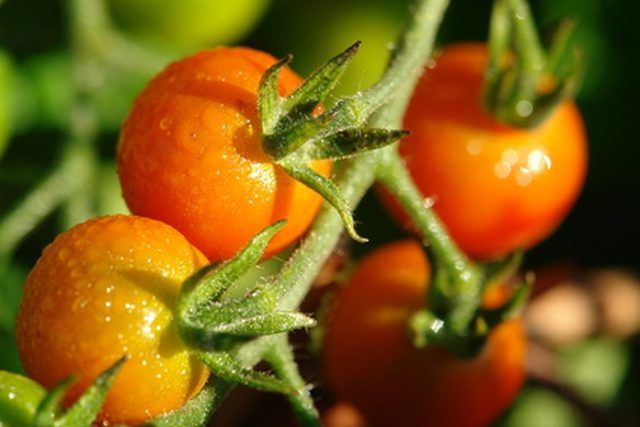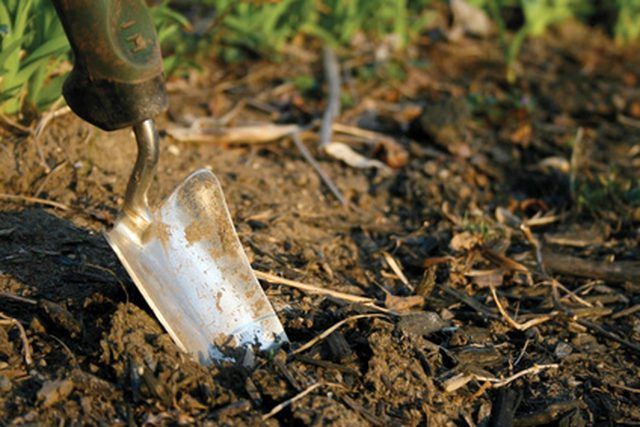Bulbs
Flower Basics
Flower Beds & Specialty Gardens
Flower Garden
Garden Furniture
Garden Gnomes
Garden Seeds
Garden Sheds
Garden Statues
Garden Tools & Supplies
Gardening Basics
Green & Organic
Groundcovers & Vines
Growing Annuals
Growing Basil
Growing Beans
Growing Berries
Growing Blueberries
Growing Cactus
Growing Corn
Growing Cotton
Growing Edibles
Growing Flowers
Growing Garlic
Growing Grapes
Growing Grass
Growing Herbs
Growing Jasmine
Growing Mint
Growing Mushrooms
Orchids
Growing Peanuts
Growing Perennials
Growing Plants
Growing Rosemary
Growing Roses
Growing Strawberries
Growing Sunflowers
Growing Thyme
Growing Tomatoes
Growing Tulips
Growing Vegetables
Herb Basics
Herb Garden
Indoor Growing
Landscaping Basics
Landscaping Patios
Landscaping Plants
Landscaping Shrubs
Landscaping Trees
Landscaping Walks & Pathways
Lawn Basics
Lawn Maintenance
Lawn Mowers
Lawn Ornaments
Lawn Planting
Lawn Tools
Outdoor Growing
Overall Landscape Planning
Pests, Weeds & Problems
Plant Basics
Rock Garden
Rose Garden
Shrubs
Soil
Specialty Gardens
Trees
Vegetable Garden
Yard Maintenance
Rust Disease on Tomato Plants
Rust Disease on Tomato Plants. Even if you're careful with your tomato plants, they can still be plagued play rust disease. This is an unsightly fungus that can be deadly to the tomato plant. However, you can discover the cause and how to prevent it to keep your tomato plants healthy and flourishing.

Even if you're careful with your tomato plants, they can still be plagued play rust disease. This is an unsightly fungus that can be deadly to the tomato plant. However, you can discover the cause and how to prevent it to keep your tomato plants healthy and flourishing.
What is Rust Disease?
Rust dsease is a fungus that weakens plants by stopping food from getting to the roots and leaves. It's called "rust" disease because the spots look like particles of rust that range in color from yellow to bright orange to red or brown.
Some spots are flat, while others may be raised. This disease is contagious amongst like plants but not between flowers and vegetables.
The rust is light orange at first. As it progresses, it turns to dark brown. The infected leaves fall off and the main stems will show canker spots as it spreads. Eventually, the plant will die.
Causes
This fungus is an accumulation of rust spores that attach themselves to the underside of leaves. It is spread by wind, rain or water that splashes onto the leaves and is left there.
These spores can stay alive during the winter by living on wet debris in the garden. When the weather warms to between 50 and 75 degrees Fahrenheit, they can spread quickly onto new plants.
Since tomatoes are not perennials, the spores usually get onto the plants from nearby weeds or debris that's left in the garden.
Prevention
Tomato plants should be spaced so that there is good air circulation at ground level. This will prevent them from becoming too crowded and from staying moist. Also, they should be pruned to allow circulation throughout the leaves and stems, which helps to keep them dry.
Keep the garden free from weeds, as they can become infected with the fungus and spread it onto your tomato plants.
Water the plants at ground level and avoid getting the leaves wet as much as possible. If you notice any part of the tomato plant is infected, remove it immediately.
If you have used any garden tools on infected plants, clean them well before using them on your tomato plants again. Otherwise any live spores will spread back onto your plants.

Treatment
There is no cure-all treatment for all forms of rust disease, since there are many kinds of fungus that cause it.
Sulfur spread onto some infected plants can kill the fungus, while chemical treatments such as Funginex or Triforine work more effectively on other types of fungi. Most organic treatments such as Neem oil and fungicidal soaps are safe and effective for most kinds of rust.
Take an infected leaf to your garden center and get a specialist to analyze it for the most appropriate treatment.
Planting Tips
Plant the tomatoes in well-drained soil by preparing the ground in advance. Dig the ground down about 12 to 15 inches and mix in a 2- to 4-inch layer of compost. This will allow the plants to drain and prevent an accumulation of moisture that can invite rust disease.
Make sure the garden has full or mostly full sun to prevent excess moisture from accumulating.
Plant stake or trellised tomatoes about 18 to 24 inches apart to allow for circulation.